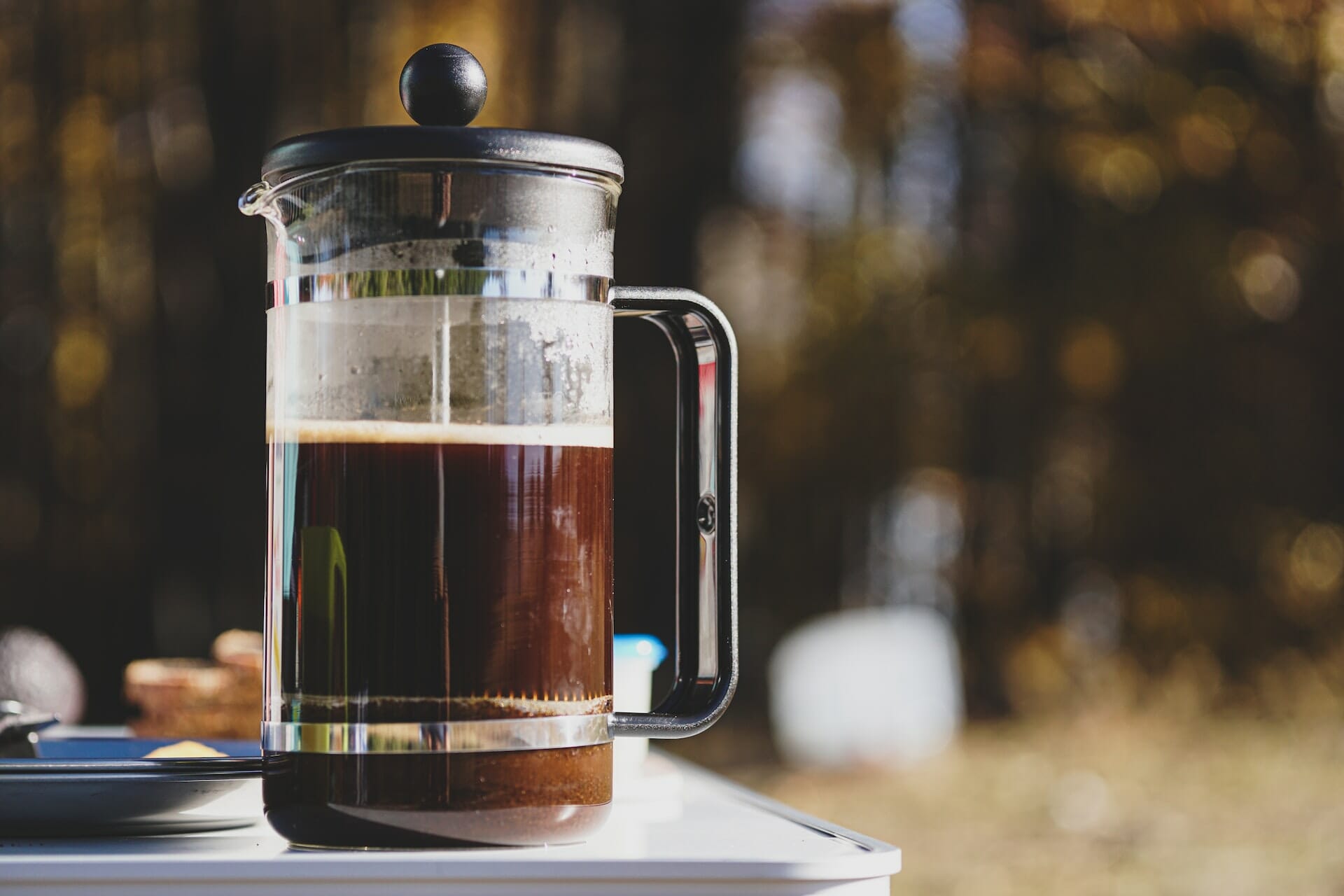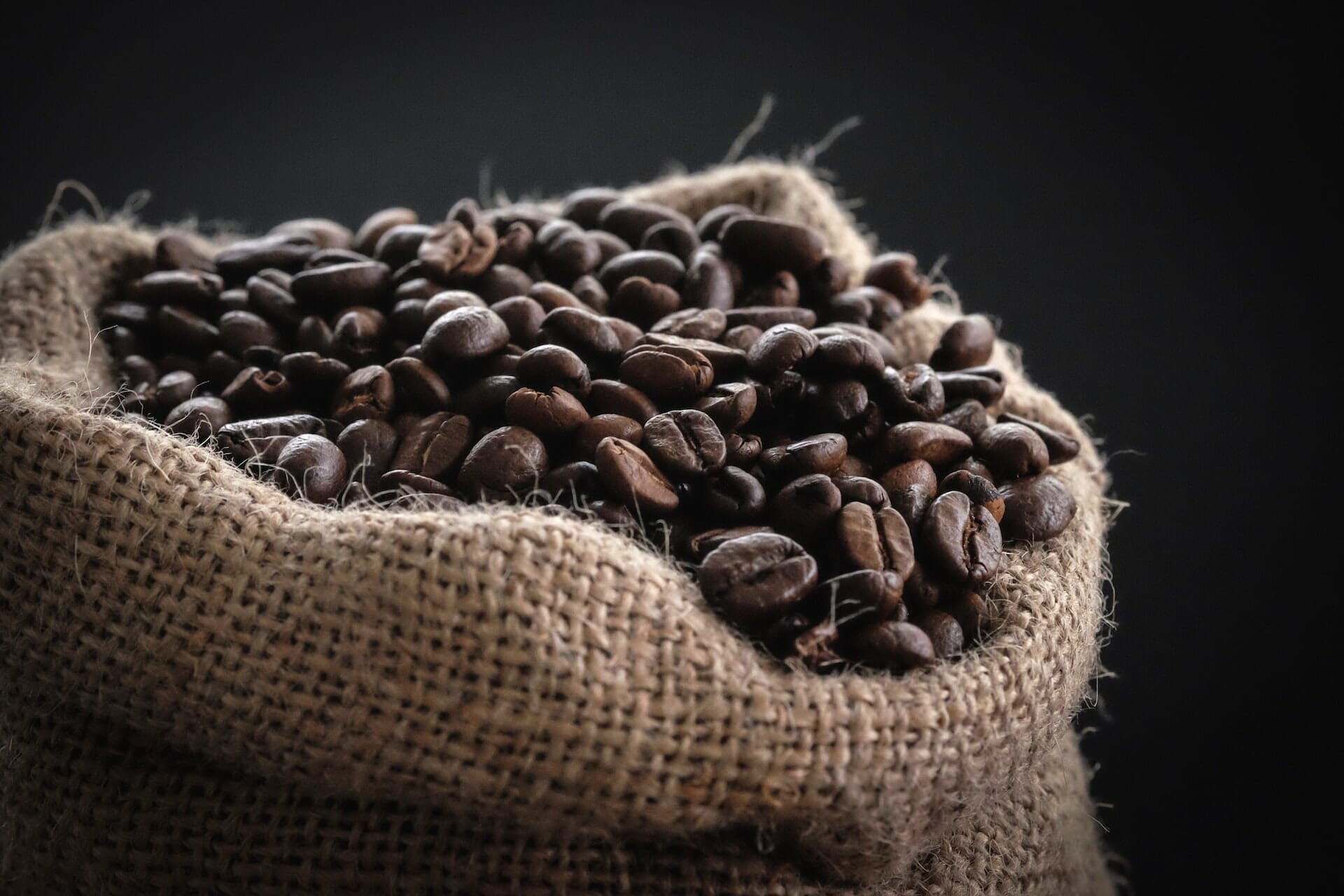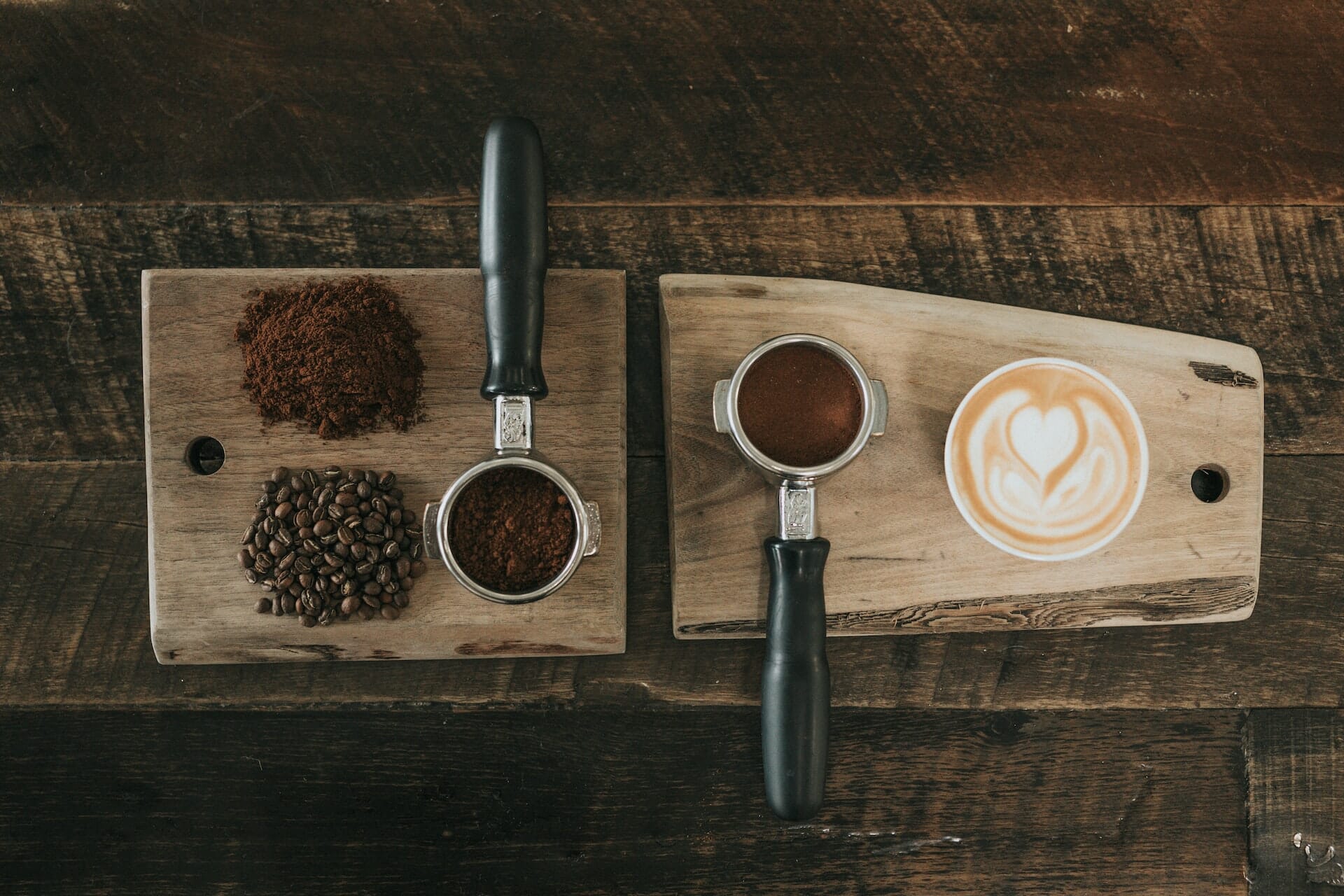Coffee
How to Brew the Perfect Pot of Coffee
Most coffee lovers will do just about anything to get their hands on a decent cup of joe. Coffee is more than a humble beverage for most Americans, it is something to be treated with love and care. We take coffee drinking quite seriously over here, and with good reason: a perfect cup of coffee invigorates and soothes like no other beverage.
It provides energy and verve while somehow calming our mood at the same time – providing you don’t drink too much, and that is something we all occasionally make the mistake of doing! To most people, the day simply can’t start until you have fired up the coffee maker and made a much-needed morning coffee.
Making a pot of coffee can be an art, and achieving the perfect balance of flavor, aroma, and strength is key to creating a satisfying experience. Knowing the right methods can elevate your coffee-making skills if you are wondering how long does it takes to brew a pot of coffee. Let’s explore the journey to the perfect pot of coffee.
Bad Coffee… Who Needs It?
Substandard coffee immediately disappoints, however. It’s an almost instant feeling of doom when the coffee hits your taste buds. Dammit, another lousy cup of coffee again! You know almost instantly if you have a good cup or not because our senses are fine tunes towards good coffee. It’s just something that is baked into our DNA. We immediately know the difference between a freshly brewed coffee and something inferior.
Brewing Coffee – Information Overload
For many coffee drinkers, there is a ton of information online about brewing coffee. But with so much advice and wide-ranging preferences, what should be quite a simple thing is slightly complicated. And it shouldn’t be. So, we at HotShot Coffee Sleeves would like to present to you a simple, easy-to-grasp cheat sheet for getting the basics right.
By the end of this article, you will be foaming at the mouth in anticipation of your next great tasting coffee, without the rocket science bit that some coffee educators sometimes blind us with!
What Is the Best Tasting Cup of Coffee?
Well, really, there is no such thing when you think about it. We all have different tastes and preferences. We recently shipped over some excellent fresh beans from Columbia for office use.
After running it through the coffee grinder and firing it into the French press, half the team thought it was ‘just okay’ while the other half thought it was pretty nice. One of the guys thought it was the best-tasting coffee he had ever had, but someone else thought it was just mediocre.
So, there is no logical answer. Whatever works best for you is the best coffee, regardless of other people’s opinions and preferences. Simple as that!
Coffee Beans
For the perfect pot of coffee, starting from scratch with roasted beans is the best option, but that should be pretty obvious to most of you. Ground coffee and instant coffee grounds are fine for those of you in a hurry, and they don’t taste quite as bad as many experts will have you think, but actual whole beans are the standard for good coffee.
Arabica beans are arguably the safest bet for good coffee, but there are plenty of options for most tastes and strengths.
Where Do Coffee Beans Come From?
Most coffee beans are farmed in countries near or on the equator, with the world’s best coffee hailing from Brazil, Columbia, and Indonesia. Vietnam and Ethiopia also have pretty solid reputations for turning out great coffee and producing a more flavorful cup of coffee.
Types Of Coffee Beans
There are essentially two types available: Robusta and Arabica beans. Robusta is probably the most commonly purchased because it is straightforward to farm and produce. Most instant coffee is made with this bean.
The preferred bean for most discerning coffee drinkers is Arabica, which is also our suggestion for you to go with, as it is far superior in taste, quality, and aroma than its cheaper counterpart, Robusta.
Which Coffee Beans Should You Buy?
So what type of coffee bean should you buy? Well, your best bet is to hit the stores and browse the selection of beans available. Check out the label and look for different countries, farms, strengths, and grades, and generally, just enjoy trying out a bunch of different beans until you find your favorite.
If you buy beans, you will need to buy a good grinder. Alternatively, you can skip our advice with fresh beans and go straight to coffee that is already ground.

Grinding Machine
You will, of course, need to grind the beans with a grinder into a medium grind for stronger cups or a finer grind for something less intense. Manual grinders are also available if you prefer to be a little more traditional about it – but that will make things tricky in terms of finding the perfect coarse.
Grinding Your Own Beans
There is an odd satisfaction that comes from grinding your beans. The wonderful aroma that hits you as you start grinding will fill the room with an incredible smell; for some, preparation and grinding are almost a therapeutic process.
However, grinding is the most crucial aspect of making a pot of coffee, and people often get it wrong. There are various grinds depending on the type of coffee you are making. They range from the finer grind for espresso machines to the medium grind coarse for French press and extra-coarse grind for cold brew coffee.
Electric vs. Manual Grinder
A good grinder has settings for the various types of grind you will need, but if you want to go genuinely rustic, you can push the boat out and use your very own mortar and pestle. That is a practice that is, believe it or not, used by quite a few baristas in some coffee shops.
Finally, always grind as you go! Never grind one big batch and refrigerate – that will only lead to nasty, bitter coffee. Always, if you can, grind your beans each time you make a pot of coffee.
Ground Coffee
The thing is, not everyone has the time or inclination to buy coffee beans and pay for a decent coffee grinder. Or maybe you just lack the counter space to keep a grinder. It could be that you just can’t be bothered with the whole idea of preparing and grinding your coffee and would prefer to make coffee quickly without fuss.
If that’s the case, another option is to buy pre-ground. You should know that this will be inferior quality to buying fresh beans, but ground coffee is still quite acceptable and tastes absolutely fine. We are not against it, we just know that beans are better, but there is nothing ‘wrong’ with buying pre-ground.
Freshness
Why is it inferior to beans? The answer isn’t as complicated as you might imagine. It simply relates to freshness. Ground coffee starts to go rancid incredibly quickly, and whilst coffee distributors and manufacturers have designed and created clever packaging techniques with unique foil bags, there is nothing that can stop the aging process once a bean has been ground.
The simple fact is that fresher coffee tastes better than store-bought ground coffee. That said, we do not judge anyone for buying pre-ground coffee for all the practical reasons we mentioned before. Yes, fresh coffee tastes way better, but pre-ground isn’t as bad as some coffee lovers suggest!

Which Ground Coffee Should I Buy?
The same rule applies to ground coffee, as it does for coffee beans – there is no one size fits all. Arabica ground coffee should really be your go-to for its inferior taste, quality, and freshness. Much of the ground coffee available in stores is a mixed blend of both beans unless clearly stated, although you will see single bean coffee pre-ground in most stores.
The packaging will state light or dark roast. The darker the roast, the stronger it will be in caffeine content and its general kick. Most ground coffee will have a clearly labeled strength indicator of one through five (with five being the strongest), so you might want to look out for that.
Find Your Favorite Ground Coffee
After that, there are no rules; simply try a few different brands and strengths, and enjoy the process of figuring out which ones work for you.
Now that you have your ground coffee ready to go, let’s take a look at how to make the perfect pot of coffee using three of the most popular methods. These include the French press, brew coffee, espresso, and the more common drip coffee maker.
Nothing here is complicated, so don’t worry – your barista skills can be tested another time – all three methods here can be negotiated in a few simple steps.
Coffee Maker
A coffee maker is an electric device that will make a pot of coffee automatically. The main components are a water reserve, a filter tray or basket containing paper filters, a glass pot for the coffee, and a hot plate for the pot to sit on.
They work by pumping cold water through a steel-heated element controlled by a thermostat for the perfect, consistent temperature. Hot water then drip feeds into a filter loaded with ground coffee. Slowly the water passes through the grinds and into the glass coffee pot.
Add Filter and Coffee
To begin with, you will need to add a paper coffee filter into the filter basket. Some coffee makers come with a mesh filter that can be removed for cleaning. Next, measure out an adequate amount of coffee, depending on how many cups you want to make. Usually, 2 tablespoons of ground coffee will be enough for one cup.
Add Water and Heat
Take the glass pot off the heating plate, fill it with water according to the measure lines on it, and then pour it into the water reserve. Make sure you use the measure lines – they should give you an excellent coffee-to-water ratio. Then, return the glass pot to the hot plate and turn on the power. Wait for the hot water to drip through the filter and into the glass pot. The whole brewing process should take less than 10 minutes.
Always remove the filter and used grounds from the coffee maker as soon as you have finished! Used coffee grounds permeate through into the machine, and you don’t want that – the awful bitter taste will find its way into your next cup, honestly!
Espresso Machine
An espresso machine forces pressurized hot water at the proper temperature through a small ‘puck’ of coffee grinds, resulting in a highly traditional, bold, and robust coffee. Traditional machines are pretty expensive, but more modern counterparts are available these days at a reasonable price.
Traditionally Beautiful!
They can, actually, be beautiful things to look at, especially the large machines found in coffee shops. Step into some coffee shops, and you will notice giant, monstrous-looking contraptions with various bits of copper pipe, steel, and gauges. They are a thing to behold.
They do come with a hefty price tag – for a traditional, authentic machine, that is. However, you can pick smaller devices up for a few hundred dollars these days.

How to Use
Espresso machines are relatively straightforward to use. Again, you need to fill water into a reserve and power on the device, allowing the water to heat up. Then take a scoop or ‘puck’ of coffee grinds and tightly pack the coffee.
Place a coffee cup on the tray underneath the puck, then select start (there will be a few different modes, such as cappuccino or espresso mode), and watch the heated water pass through the puck as a filter.
As soon as your cup is full, turn off the mode selector or power, and take the puck out of the machine, throwing out the used grinds. You need to clean out the puck after each use. Don’t leave any coffee residue inside, as it will contribute to a bitter coffee the next time you make it.
Brew Coffee
How to brew a pot of coffee is a slightly different process compared to using a drip or espresso machine. Instead of filtering the hot water through a device, brewing coffee involves mixing hot water with the coffee grinds to create a ‘brew’ effect. This method is the oldest and most straightforward way of making a pot of coffee.
There are many different brewing methods, including French press, AeroPress, thermal carafe, pour-over, and vacuum brew.
French Press
The French press is probably the most popular, consisting of a glass pot and a mesh filter fixed to a rod plunger. Coffee grinds are scooped into the bottom of the pot, then just poured over hot water. After a few moments of brew time, the filter is slowly plunged to separate the grinds from the water. Then just pour out the coffee into a cup.
The best thing about a French press is the price. A budget press can be found easily under $30, and if you are happy to spend $100, you will get something really quite special.
Wrap Up
The answer to how to make a pot of coffee is all about precision and timing. Just have fun with it. Brewing coffee can be as complicated or as basic as you like, but remember to enjoy yourself and don’t take it too seriously. If the end result tastes great, it doesn’t matter how you got there!
Once you’ve brewed your perfect cup, our HotShot coffee sleeves are designed to keep your coffee warm and your hands comfortable. It provides an extra layer of insulation, allowing you to savor every sip without worrying about the heat.
Additionally, our hot coffee cup lids make an excellent accessory for your coffee experience. They ensure that your coffee stays at the right temperature while preventing spills, especially when you’re on the go.
Elevate your coffee experience with our premium accessories, and savor each moment with every sip. With the right techniques and accessories, you’re well on your way to enjoying the best coffee experience possible. Explore our range today and make every coffee moment special!

Barry Konkin is the founder of HotShot Coffee Sleeves. With over 30 years experience in commercial offset printing, Barry utilized his diverse printing background and creativity in developing new coffee sleeve designs that were granted Patents in both the USA and Canada. Barry’s goal is to assist businesses with brand promotion through the use of high quality custom printed cup sleeves. With an understanding of your marketing and operational objectives, Barry can recommend the ideal coffee sleeve solution for you.


